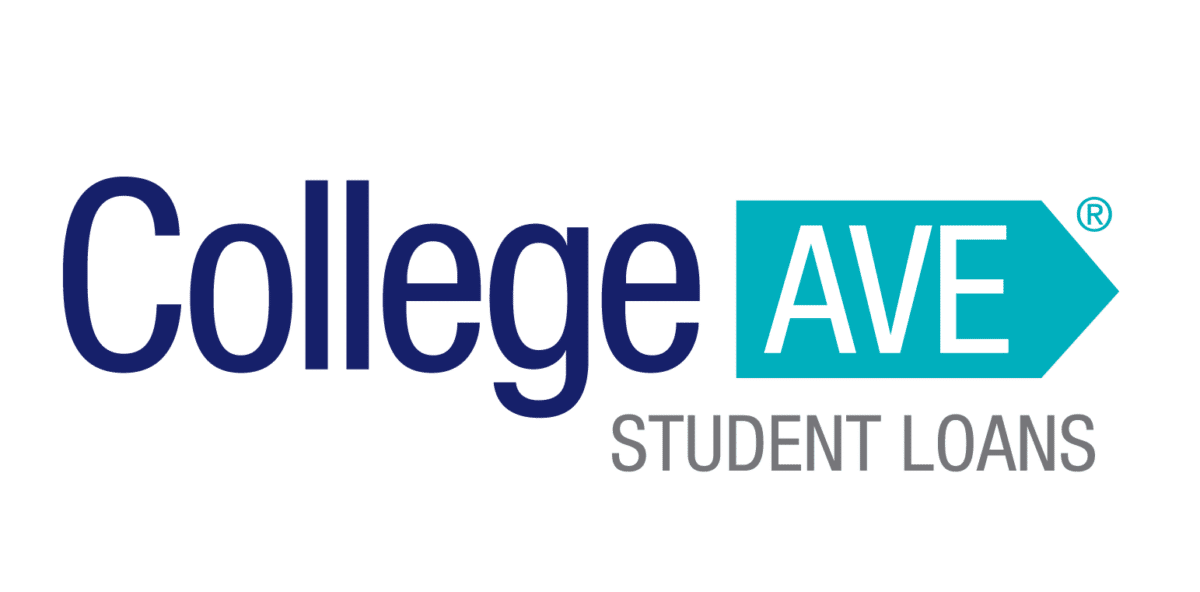
After submitting your financial aid application and figuring out the aid you can expect, you might need private student loans. However, getting a private student loan isn’t just about receiving a check from the lender. Instead, a disbursement process takes place, similar to how federal student loans are disbursed.
Here’s what to know about receiving private student loans, whether disbursed to your school or receiving private student loans direct-deposited into your bank account.
When do you need private student loans?
Even for undergraduate students, the cost of attendance at many schools is beyond what can be covered with the loan amounts offered by the federal government.
However, before getting private student loans, fill out a Free Application for Federal Student Aid (FAFSA) to see whether you qualify for aid. Your financial aid office will help you figure out what grants, scholarships, work-study options and federal loans are available to you. After maxing out these types of financial aid, you might need to apply for private loans.
A private student loan can close the gap to cover your cost of attendance, which often includes living expenses, as well as tuition, fees and books. Realize, though, that a private loan application is different from the a federal student loan. You need to prove your credit score and income is sufficient for a private loan, or get a cosigner to help you qualify.
Once you go through the application process and receive your loan for education expenses, the disbursement process is similar to what you’d see with various loans from the U.S. Department of Education.
What is private loan disbursement?
As with direct subsidized loans and unsubsidized loans, private loan disbursement is the process of paying out funds to schools. Disbursement often depends on the type of student loan and when you need the money for the school year. Some schools have specific dates for disbursement, so loan providers send the money at that time.
Private loans are also disbursed based on lender policies. Some lenders send the money to students, while others send the money to the school.
How does private student loan disbursement work?
The lender communicates with your school if your loan is approved. In some cases, the lender requires a school certification of the amount needed to cover the cost of attendance and other education expenses. Usually, your cost of attendance is calculated each academic year and loan disbursements take place each term. You usually receive disbursements at the beginning of each semester.
After the total amount needed has been confirmed, many private student loan lenders send the money directly to your school. The school then uses the student loan money to cover your incurred costs. If your school costs include tuition, fees, housing (living on-campus) and a meal plan, all of that might be taken care of by the student loans.
For borrowers who live off-campus and don’t have all the same expenses, there might be money left over from the disbursement. Even after paying for everything with on-campus living, there might be some amount remaining. This extra amount is often considered a “refund” by the school. You might receive a check for the remaining amount, or it might be directly deposited into your bank account.
It’s important to note that different lenders have different disbursement policies. For example, Sallie Mae sends a certification to the school after loan approval, and the school must complete the certification before the funds are sent. Earnest has a three-day cooling period for private student loans after the certification.
Getting your private student loan money
Although some lenders might give the entire amount to the borrower, most private loan providers initially send the money to the school.
When a lender gives the money to the student directly, there’s no guarantee that the money will go toward education expenses. In order to reduce risk to the lender, most loan programs prefer to just send the money to the school, where it can be put in a student account. Any overage can be refunded to the student later.
As a result, if you need money to pay for housing or other related expenses, it’s important to plan ahead. After the funds are disbursed to the school, it can take days — or even weeks — for you to receive the remainder. Have a plan to cover costs until you get your refund money.
Many schools allow you to choose how you want to receive your refund. Often, they let you choose between a check or direct deposit. If you choose direct deposit, the school will automatically send the money once your account is settled and your credit balance is finalized.
Alternatives to private student loans
Because private student loans come with different repayment options than federal loans, some experts suggest that you max out federal borrowing. For graduate students, it might make sense to get Direct PLUS Loans before turning to private loans, especially if they don’t qualify for private loans and can’t find a cosigner. In other cases, private loans make sense if you can get a better interest rate with a higher credit score.
However, before applying for any private student loans, check to see if you can get a scholarship or grant based on financial need or merit. The less money you have to repay, the better off you’ll be in the long run. Check the repayment terms of your private student loans to find out if there’s a grace period or deferment option, just in case you need it.
If possible, you might be able to work while in school to reduce the need for private student loans. Personal savings, including using a 529, or getting help from your family can also help you reduce the need to borrow to pay for school.
Bottom line
Undergraduate, graduate and professional students all need access to funding while attending school. Once loan limits for federal loans are reached, and after other sources of funding are maxed out, private loan options might be necessary.
When choosing private loans, understand the repayment plans, look for fixed interest rates and consider how you can best use loan funds to avoid getting too far into debt.
Don’t forget to find out how disbursement works in conjunction with your enrollment, and when you’ll need to start making monthly payments. You can get help and guidance on a number of student loan topics, including whether it makes sense to refinance, by working a Student Loan Planner consultant.
| Lender Name | Lender | Offer | Learn more |
|---|---|---|---|
| Sallie Mae |

|
Competitive interest rates.
|
Fixed 4.50 - 15.69%
Variable 6.37 - 16.78%
|
| Earnest |

|
Check eligibility in two minutes.
|
Fixed 4.67 - 16.15%
Variable 5.87 - 18.51%
|
| Ascent |

|
Large autopay discounts.
|
Fixed 4.09 - 14.89%
Variable 6.22 - 15.20%
|
| College Ave |

|
Flexible repayment options.
|
Fixed 4.07 - 15.48%
Variable 5.59 - 16.69%
|
